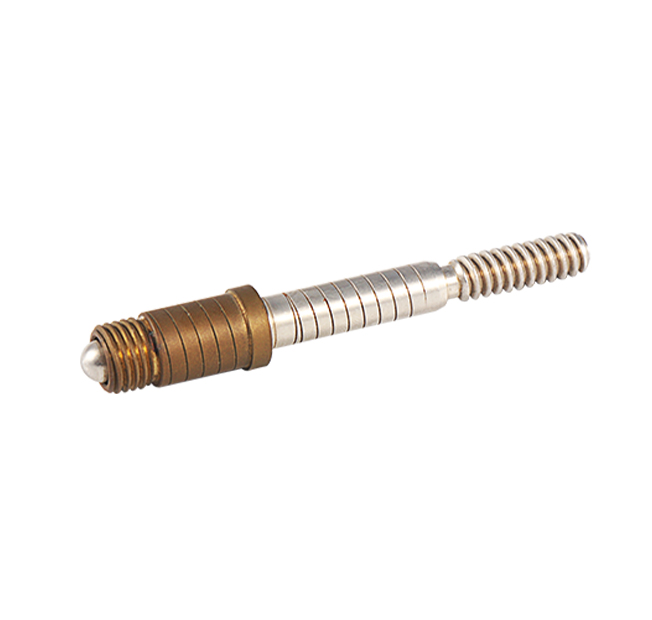Time:2025-07-24 Views:0 source:CNC Machining customization source:CNC Machining news

The deep integration of stamping part processing and intelligent manufacturing is reshaping traditional production paradigms by leveraging advanced technologies such as automation, data analytics, and artificial intelligence. At the core of this integration is the implementation of smart production lines equipped with sensors, robotic arms, and machine vision systems. These technologies enable real-time monitoring of stamping processes, including parameters like pressure, temperature, and material flow, ensuring consistent quality and reducing defects.
Intelligent manufacturing systems in stamping facilities utilize machine learning algorithms to analyze historical production data, optimizing process parameters such as die clearance, press speed, and material feed rates. This predictive optimization minimizes trial-and-error adjustments, shortens setup times, and enhances overall production efficiency. For instance, adaptive control systems can automatically adjust stamping force based on real-time feedback from sensors embedded in dies, preventing overloading and extending tool life.
Collaborative robots (cobots) play a vital role in material handling, loading, and unloading workpieces, working alongside human operators to streamline workflows. These cobots are equipped with safety features and can be reprogrammed quickly for different stamping tasks, improving flexibility in small-batch or customized production. Additionally, digital twins—virtual replicas of physical stamping lines—allow manufacturers to simulate production processes, test new designs, and troubleshoot issues without disrupting actual production, reducing time-to-market for new stamping parts.
The integration also facilitates end-to-end traceability, as each stamping part can be tracked throughout its lifecycle using unique identifiers (e.g., QR codes or RFID tags). This traceability enhances quality control, simplifies recall processes, and provides valuable data for continuous improvement. By merging stamping precision with intelligent decision-making, manufacturers achieve higher productivity, lower costs, and greater responsiveness to market demands.
Read recommendations:
Sealing ring Precision electronic parts
Housing components for recessed downlights Precision electronic parts
Oval Magnetic Hardware Precision electronic parts
CNC Machining Dimension Accuracy
CNC processing factory - Meeting customers' strict requirements for precision